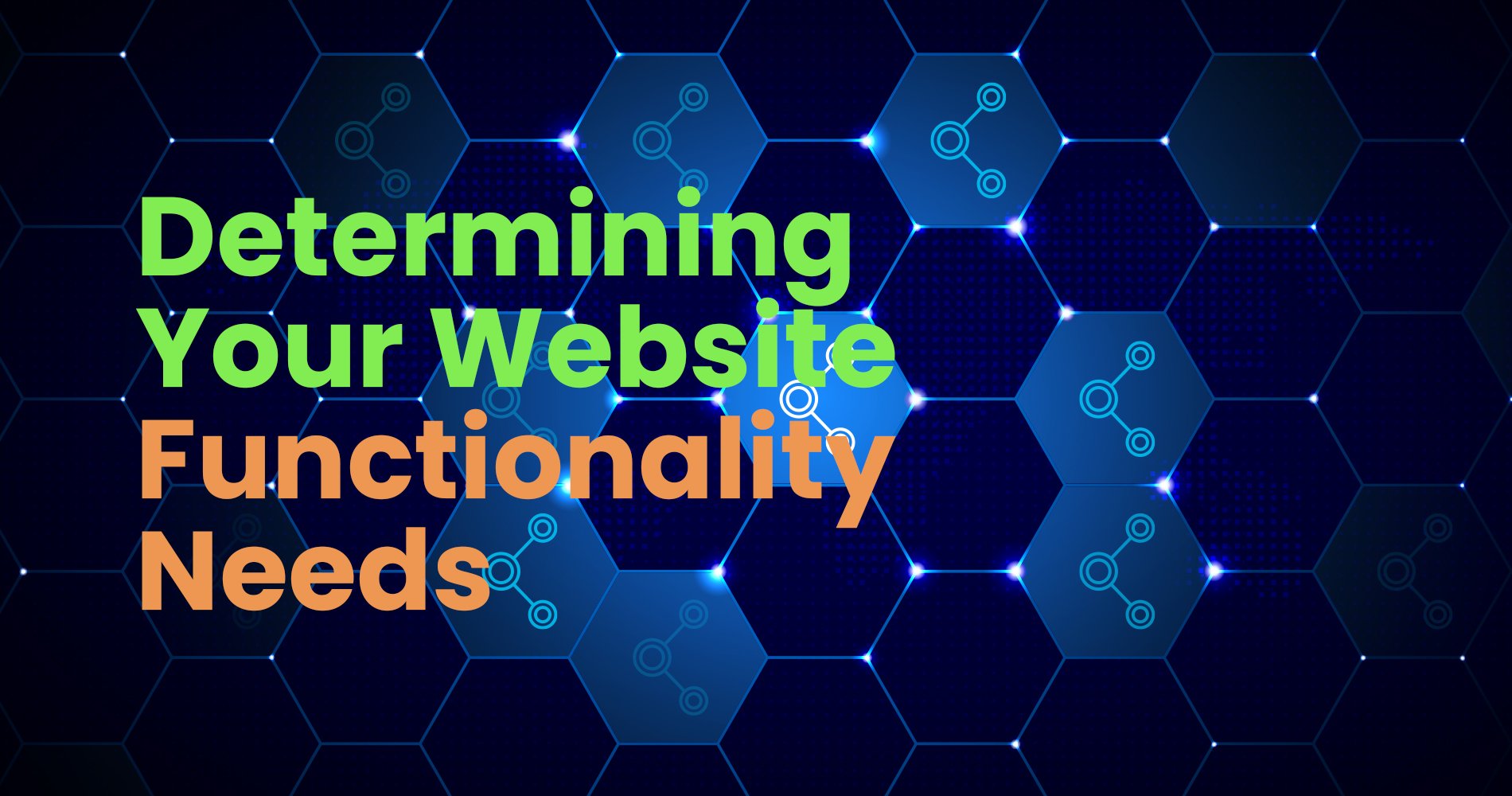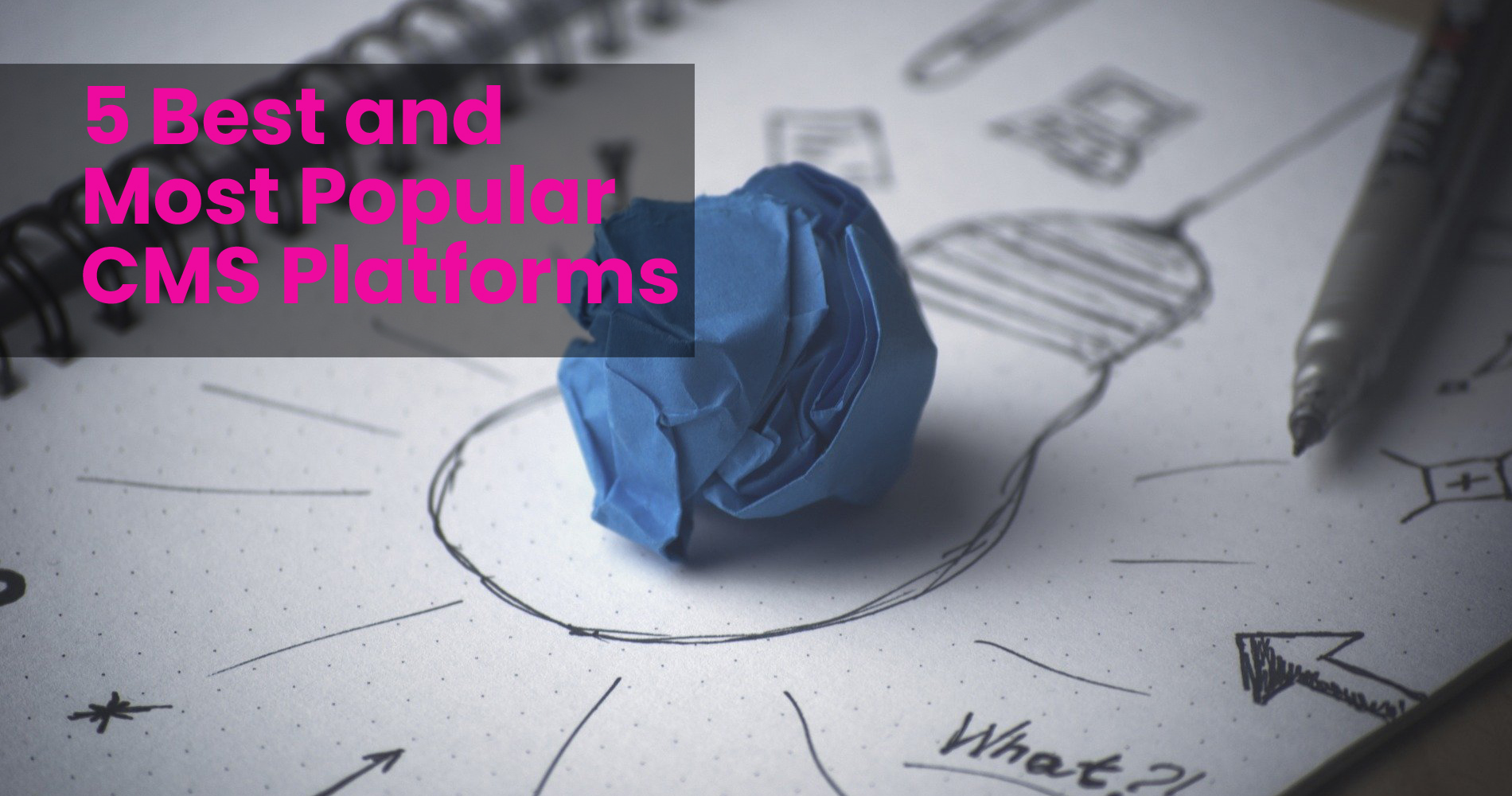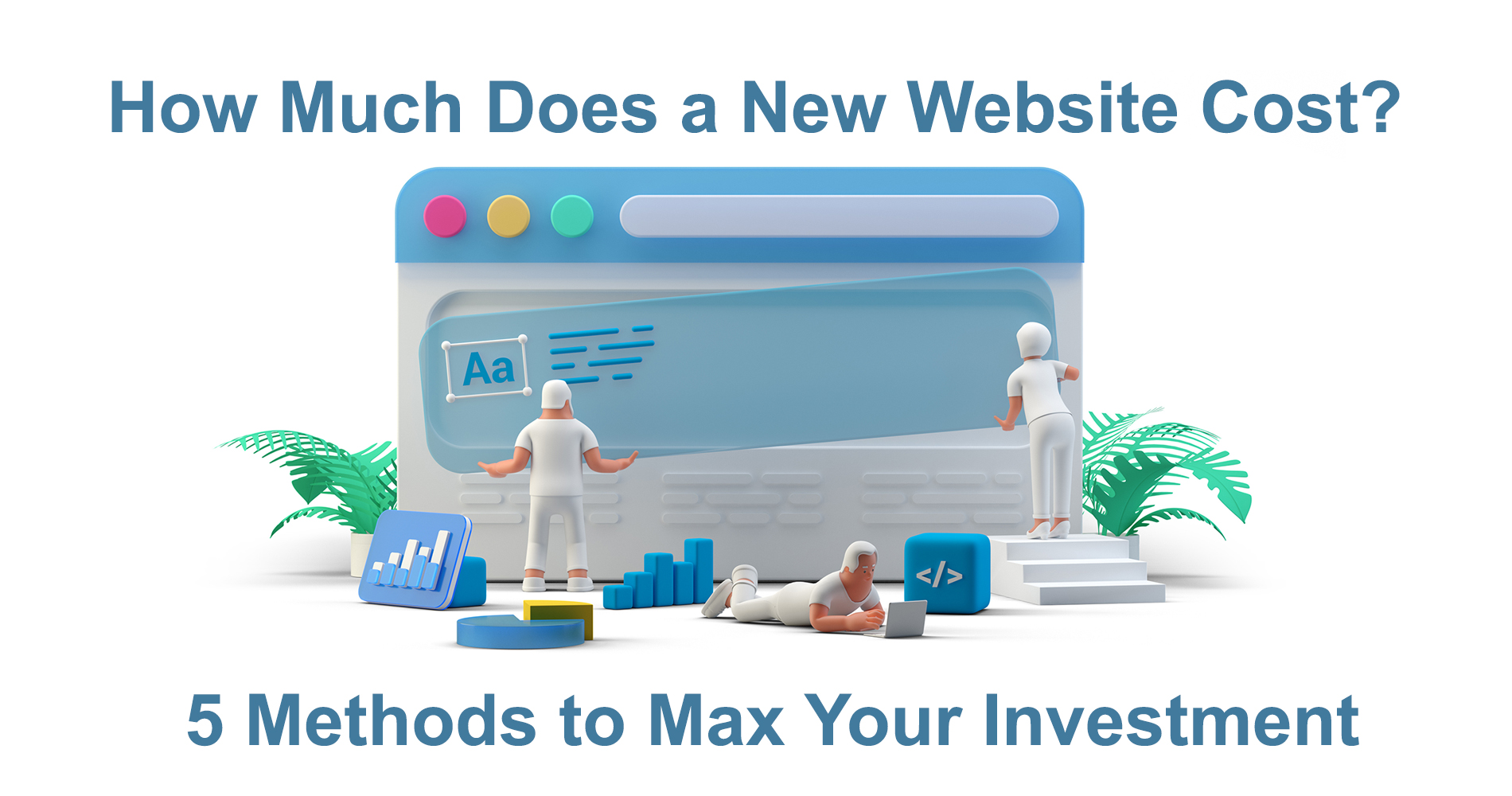Website functionality is essential for making your site operate effectively!
If your site's functionality is broken, it can lead to numerous issues. For example, if it's difficult for visitors to figure out how to sign up for your mailing list, they might leave your site instead. Or if a video doesn't load properly, you risk losing people who are frustrated at the inconvenience. To stand out from the crowd, it's important to make sure it's functioning properly
The wine that comes out of the bottle has to look consistent with the taste, or it will not sell. Before your website is coded, you should have a clear scope of its functionality. Getting halfway through a website build just to realise that you are missing some essential functionality can easily set your project back months!
What is the best way to narrow down website requirements? Guide yourself through the process of defining your website's functional needs with this article.
Functionality planning
Website purpose & goals
To create a website that works, you need to understand the purpose of your website. A large part of this is the end goal. There are a lot of different ways you can approach your site and what it aims to do. If you are trying to sell products, you will want to find a way to entice buyers into completing transactions. If you want to collect contact information, you will want to find ways to get people to give you their email address or even their phone or address information. The goals are what you need to figure out to create the best experience on the Internet for your target audience.
Prepare a list of all the features that are crucial to achieving your goals. You can use this list to keep track of the minimum requirements for your website.
Audience needs
When you write copy, your audience should be front and center of your thoughts. However, it can be hard to know exactly what your audience wants. One way to make sure you're writing for your target audience is to create personas for your audience. Personas are descriptions of your target audience that define their goals, motivation, and beliefs. This will help you answer questions like "What is this person like?" or "What are their goals?" You can then use these personas to create content that is relatable and appealing to your target audience.
The key to creating a persona is to make it as accurate as possible. Once you've created audience personas, they will assist you in answering these questions. Make personas a part of your planning process if you don't already have them.
Budget
Budget constraints may limit the functionality of a website. In most cases, your budget will determine the features you're able to choose. Consider your budget when planning. Be realistic about the size of your budget when building an interactive website. Don't set unrealistic expectations.
You need to prioritise if you are working within a tight budget. Spend more time making sure that your priority functionality works perfectly before adding bells and whistles at the expense of quality. Split up deployment phases if necessary. The initial launch of your website may only include the minimum functionality needs, and then you can add more functionality as phase two of the project.
To have a working website, it's vital to test the functionality. There are a few different methods you can use to test if your site is functioning properly, such as checking your CSS to make sure there are no mistakes and testing your site's code by checking to see if there are any broken links. If you're not comfortable doing this yourself, you can hire a programmer or a company to do it for you.
Having a polished site that is easy to navigate and is free of errors is important so that it's easy for people to interact with your site and get the information they need!
Resources
A website's functionality can also be limited by your resources, in addition to your budget. You need both the right technology and the right team. Because different technologies are suited for different tasks and require varying degrees of expertise to implement, it is important to fully understand your company's limited available resources. If you have a small budget and limited team, then you may want to choose a platform that doesn't require extensive maintenance when time constraints are an issue. If your budget is unlimited, then your best option would be to use an open-source platform. The most flexible option is a custom-made solution, which requires the involvement of an experienced team with a broad range of skills.
Ensure that your functionality needs are in line with the resources available to you and within their capability. To ensure you have reasonable expectations for integration, spend some time reviewing options and limitations for any third-party functionality.
Content
A website's content is another resource for guiding your technical needs. Be aware of the types of content you intend to have, and whether any special features are required to display them properly.
Your website content should be able to guide users to what they're looking for and entice them to stay on your website. You should also decide how you want the content to be displayed. This is commonly referred to as content management.
Content management systems like WordPress or Hubspot CMS take advantage of this as they provide a lot of functionality that you can use to create a website. If you're interested in getting into web development, you could become a web developer. These are the people who create the structure and back end of a website!
Common types of website functionality
If you need help deciding what your website needs, here is a list of popular functionality options:
- In-site search
- Blog/news
- Video library
- Photo gallery
- Search
- Forms
- Event calendar
- Social sharing tool
- Location map
You can incorporate any of these types of functionalities into your website, but these are a few specific examples. See which features you like on other websites to get more inspiration.
Detailing the technical aspects
Your final step is to lay out your website after you have decided on the features. Defining your expectations and listing out each feature will help you avoid confusion. Any other relevant information about how the product works should be provided. It is important to keep this information up to date because it's what your development team will work off of to develop the features that you described in detail so make sure you keep them current with any changes you want to be made.






